When I first visited Umbria, Italy’s verdant heartland, I was instantly captivated by its timeless beauty and tranquil atmosphere. Often overshadowed by its famous neighbor Tuscany, this landlocked region offers travelers a more authentic Italian experience. You’ll find fewer crowds but equal charm in Umbria.
Umbria truly deserves its nickname as “The Green Heart of Italy” with rolling vineyards, forested hills, and medieval towns perched atop scenic ridges.
Walking through Umbria feels like stepping back in time. I spent days exploring ancient monasteries, admiring incredible art in small churches, and wandering through perfectly preserved medieval villages like Assisi, Gubbio, and Perugia. This hidden gem balances natural splendor with rich cultural heritage in a way that feels both peaceful and exciting.
My favorite aspect of Umbria is how it reveals Italy’s soul through simple pleasures. I’ve enjoyed long lunches at family-run restaurants, sipped local wines while watching the sunset paint hills golden, and chatted with locals who proudly share their traditions. The region offers a perfect mix of outdoor adventures, historical discoveries, and culinary delights that will satisfy any traveler seeking Italy’s authentic heart.
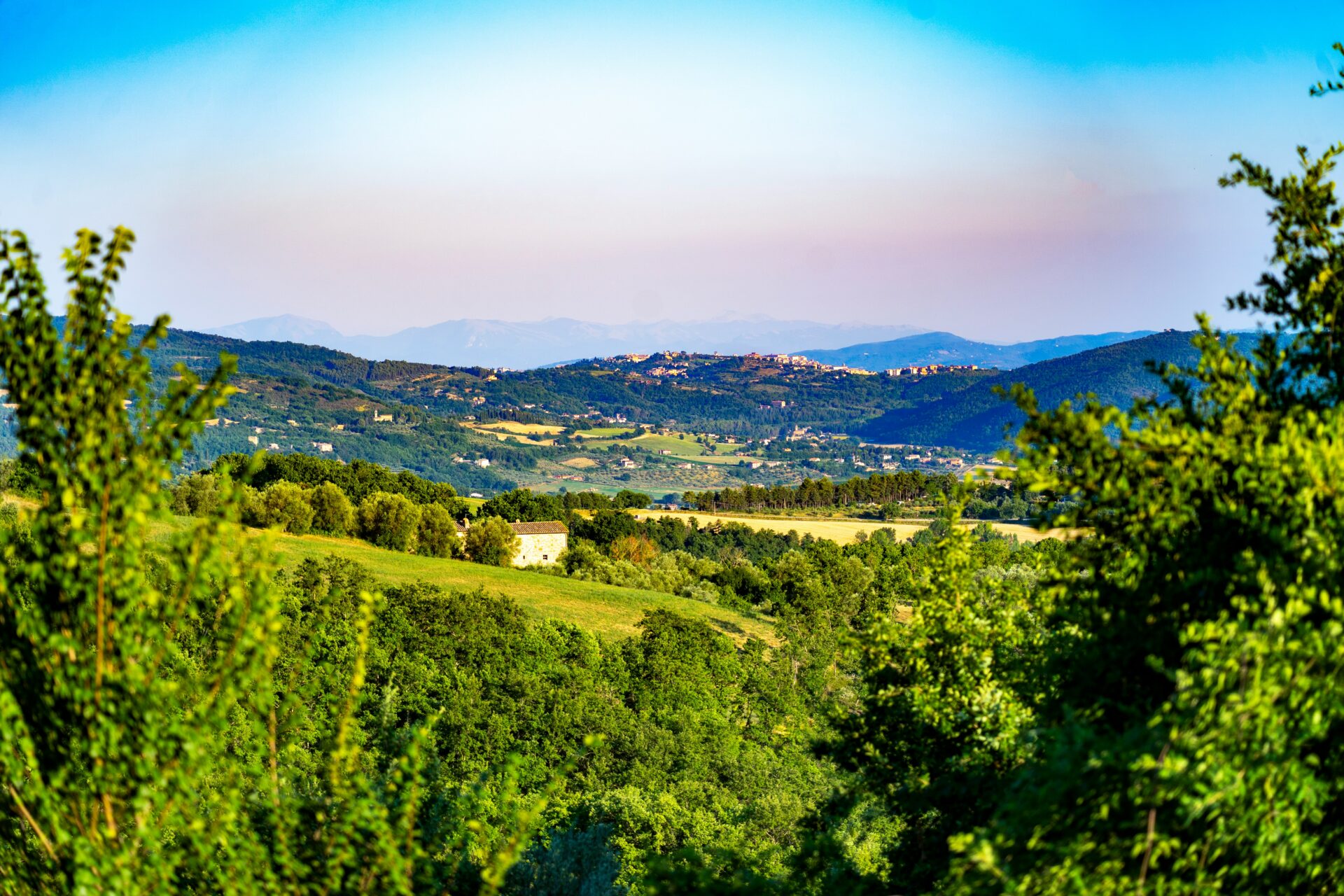
Discovering Umbria: The Heartland of History and Nature
Umbria captivates visitors with its remarkable blend of ancient history and breathtaking natural landscapes. This green heart of Italy offers an authentic experience where time seems to slow down, allowing travelers to immerse themselves in centuries of rich cultural heritage surrounded by rolling hills and pristine wilderness.
The Cultural Tapestry: From Etruscans to the Roman Empire
Walking through Umbria feels like stepping into a living history book. I’ve traced the region’s fascinating origins back to the mysterious Etruscans, who left behind incredible artifacts and underground tombs you can still explore today. In Perugia, I was amazed by the Etruscan Arch (Arco Etrusco), an impressive gateway dating back to the 3rd century BCE.
The Romans later transformed the landscape with their engineering prowess. Don’t miss Carsulae, one of my favorite archaeological parks, where you can wander through remarkably preserved Roman ruins without the crowds of more famous sites.
In Assisi, beneath the famous basilica, archaeologists uncovered a Roman domus (house) with stunning mosaics that showcase the region’s importance during imperial times.

Medieval Towns and Renaissance Gems
Umbria’s hilltop towns transport you straight to medieval times. I’ve spent countless hours wandering Gubbio’s narrow stone streets where the magnificent Palazzo dei Consoli dominates the skyline.
Orvieto sits dramatically atop volcanic tufa, crowned by its spectacular Gothic cathedral. The intricate facade took nearly three centuries to complete. Inside, the San Brizio Chapel features Luca Signorelli’s Renaissance masterpieces that even influenced Michelangelo.
Spello captivated me with its flower-lined alleys and medieval walls. Each June, the Infiorate festival transforms streets into stunning floral carpets.
Must-Visit Medieval Towns:
- Assisi (St. Francis Basilica)
- Todi (Piazza del Popolo)
- Spoleto (Ponte delle Torri bridge)

Natural Landscapes: Apennines and the Lush Countryside
Umbria’s natural beauty earned it the nickname “Italy’s green heart” for good reason. I’ve hiked through portions of the Apennine mountains, where trails wind through oak forests and open to spectacular vistas of the countryside below.
The Monti Sibillini National Park remains one of my favorite destinations, with its wildflower meadows and peaks reaching over 2,400 meters. Lake Trasimeno, Italy’s fourth-largest lake, offers peaceful shores and three islands to explore by ferry.
The Marmore Falls, among Europe’s tallest man-made waterfalls, creates a magnificent three-tier cascade dating back to Roman times. The surrounding park offers multiple viewpoints and hiking paths through lush vegetation.
For wine enthusiasts, Umbria’s rolling hills produce exceptional vintages. I particularly enjoy following the Sagrantino Wine Route through picturesque vineyards around Montefalco.

Culinary Journey Through Umbria: A Feast for the Senses
Umbria’s cuisine reflects its rich agricultural landscape, offering some of Italy’s most authentic flavors that have remained unchanged for centuries.
Truffle Hunting in Norcia and the Cuisine of Central Italy
I discovered that Umbria is a paradise for truffle lovers. The forests around Norcia are famous for their black truffles, which locals have been hunting for generations with trained dogs.
During my visit, I joined a truffle hunt at dawn. The experience was magical – watching the dog zigzag through the forest until suddenly pawing excitedly at the earth. The earthy aroma of fresh truffles is unforgettable!
Norcia is also known for its incredible pork products. The town’s butchers (norcini) are so famous that their name has become synonymous with pork butchery throughout Italy.
Must-try dishes include:
- Strangozzi al tartufo (pasta with black truffle)
- Norcineria (cured meats including prosciutto and salami)
- Lentil stew from Castelluccio
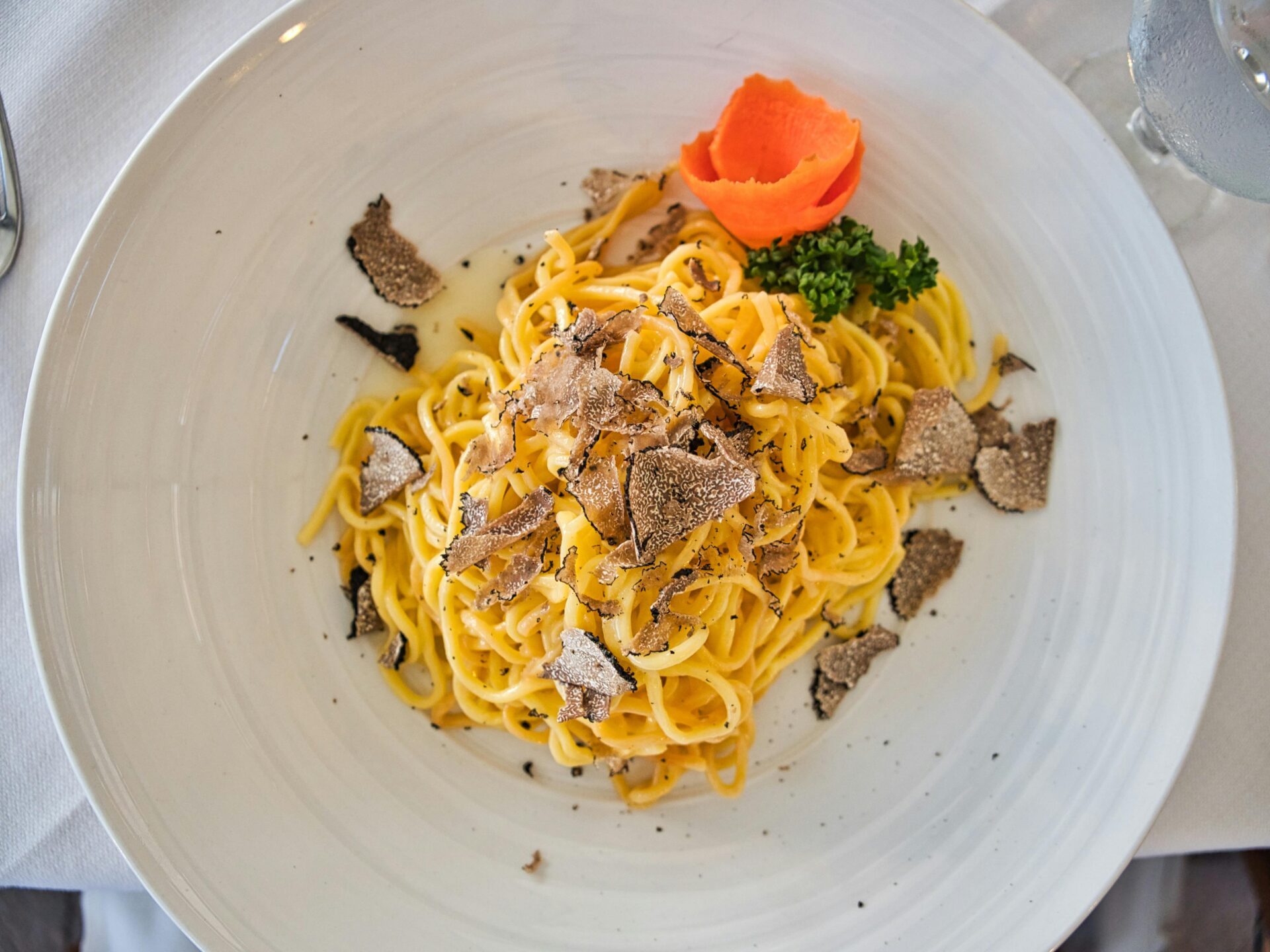
Olive Oil, Wine, and the Flavors of Umbria
Umbria produces some of Italy’s finest olive oils. I spent an afternoon at a family-run frantoio (olive mill) near Trevi, tasting oils so fresh they burned pleasantly at the back of my throat.
The region’s wines deserve special attention. Umbria’s Grechetto grapes create crisp white wines with notes of green apple and almonds. For red wine lovers, try Sagrantino di Montefalco, a bold wine with incredible aging potential.
Cheese plays a central role in Umbrian cuisine. Don’t miss:
- Pecorino from Mount Subasio
- Caciotta (semi-soft cow’s milk cheese)
- Raviggiolo (fresh, soft cheese)
The simple combination of Umbrian bread, drizzled with local olive oil and topped with a shaving of truffle, remains one of my most memorable meals in Italy’s green heart.
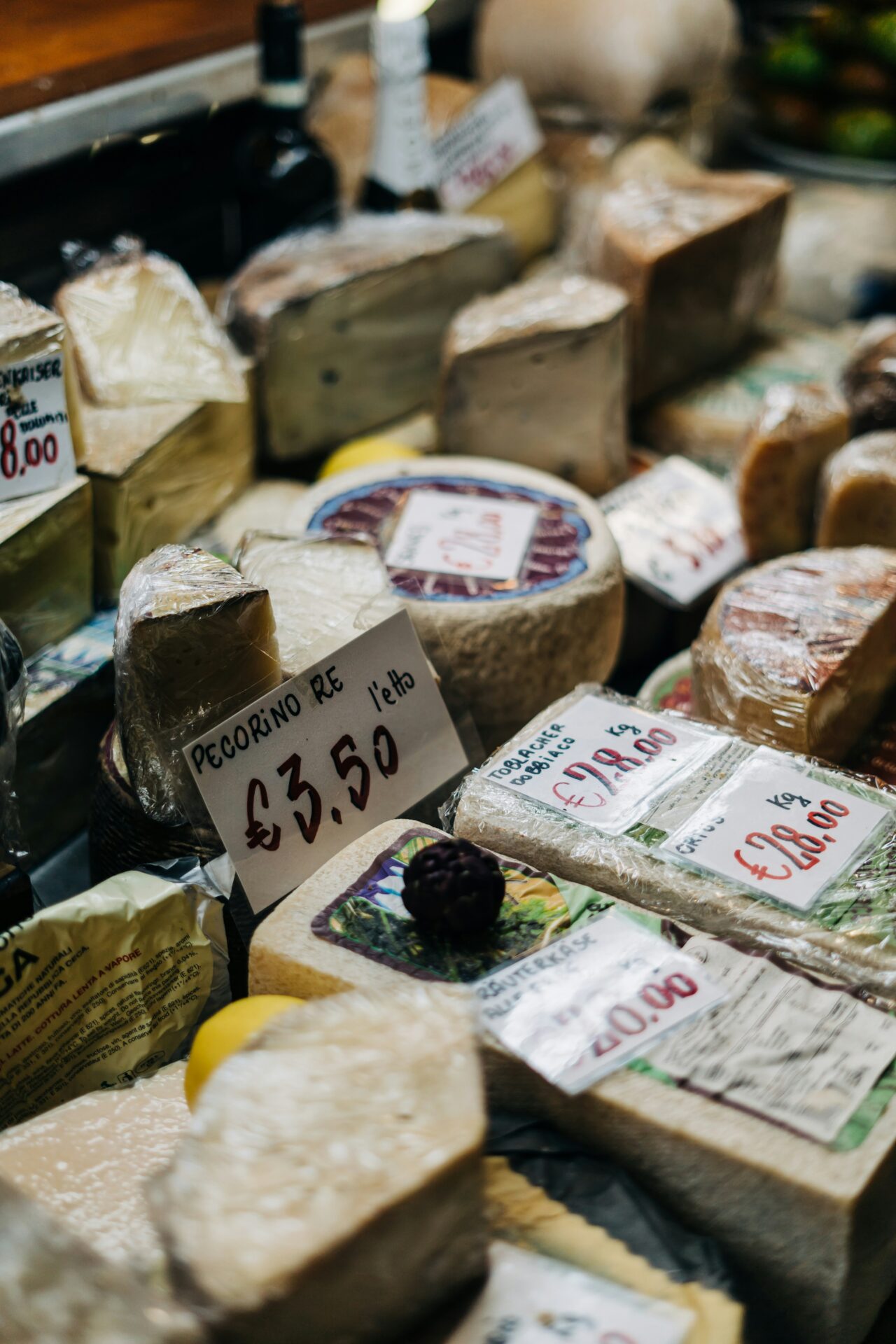
Exploring the Urban Heart: Perugia and Beyond
While Umbria’s countryside captivates with rolling hills and vineyards, its cities tell stories of ancient civilizations, religious pilgrimages, and architectural innovation.
Perugia: A Cosmopolitan University City with Historic Roots
Perugia stands as Umbria’s sophisticated capital, where I found medieval charm blending seamlessly with youthful energy. The city’s historic center sits atop a hill, offering breathtaking views of the surrounding valleys.
Wandering through Corso Vannucci, Perugia’s main boulevard, I discovered boutique shops and cafés where locals and university students gather. The magnificent Palazzo dei Priori houses the National Gallery of Umbria, where I spent hours admiring works by Perugino and other Italian masters.
What surprised me most was Perugia’s underground world. Beneath the modern streets lie ancient Roman ruins and medieval passageways that tell the story of the city’s complex past. During October’s Eurochocolate Festival, the city transforms into a chocolate lover’s paradise – a delicious bonus to any visit!
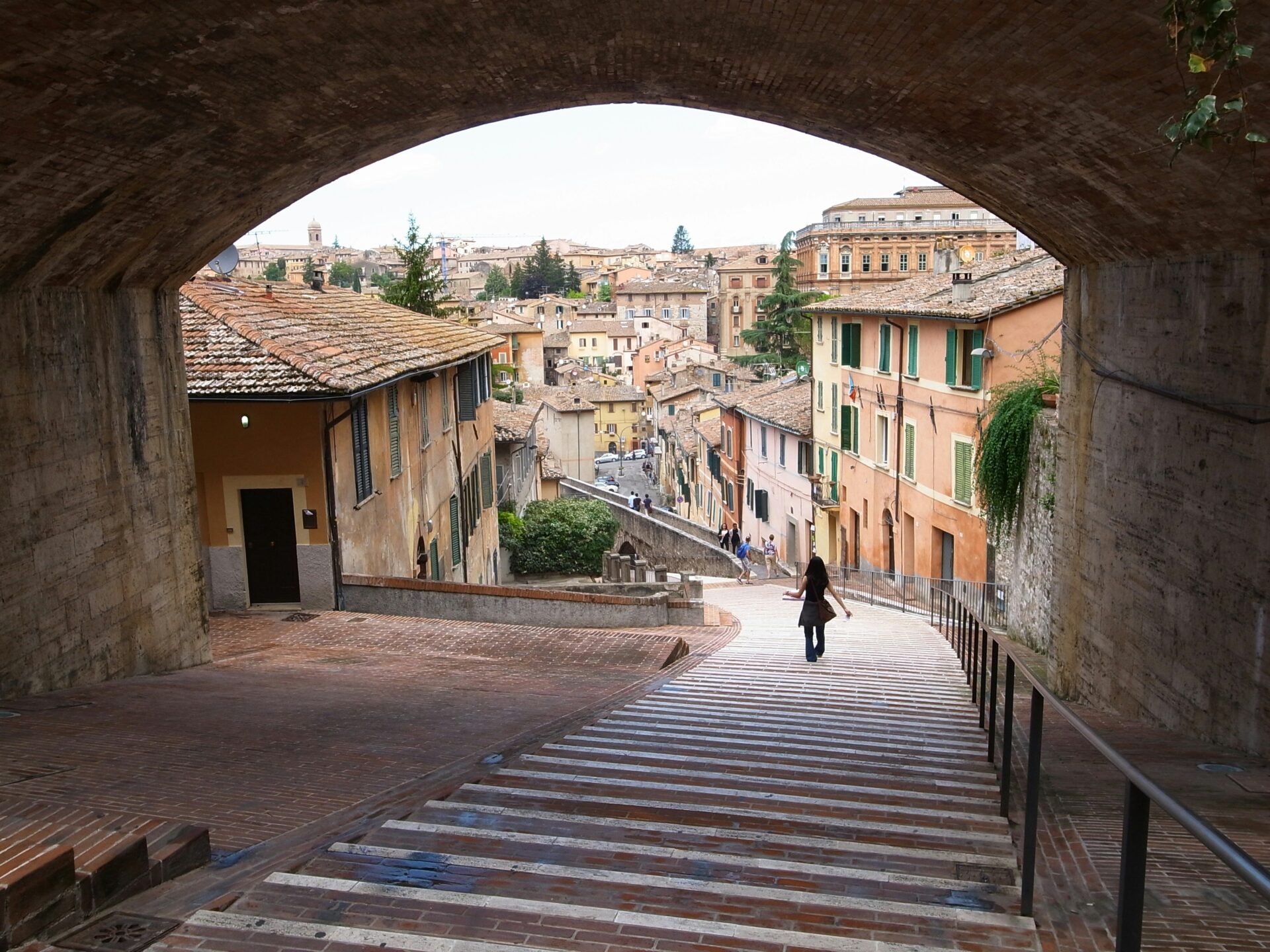
Assisi: In the Footsteps of Saint Francis
Just 15 miles from Perugia sits Assisi, a town that feels frozen in time. The moment I arrived, I understood why it’s one of Italy’s most important pilgrimage sites.
The Basilica of Saint Francis dominates the skyline with its two-tiered structure. Inside, Giotto’s frescoes depicting the saint’s life left me speechless with their emotional depth and artistic innovation. These 13th-century masterpieces revolutionized Western art with their naturalism.
Beyond the basilica, I wandered Assisi’s pink-stoned streets, stopping at the Church of Santa Chiara and the town square. The simple beauty reflects the humble spirit of Saint Francis himself.
For the best views, I hiked to Rocca Maggiore, the medieval fortress above town. From here, the Umbrian valley stretched before me like a patchwork quilt of olive groves and farmland.

Orvieto and Todi: Architectural Wonders on a Hill
I’ve visited many hill towns, but Orvieto’s dramatic position atop volcanic tufa made my jaw drop. The stunning Duomo features one of Italy’s most elaborate façades, with intricate mosaics and sculptures that took nearly three centuries to complete.
Inside the cathedral, the San Brizio Chapel contains Luca Signorelli’s frescoes depicting the end of the world – haunting and mesmerizing. Beneath Orvieto, a network of Etruscan caves and wells reveals the ingenuity of ancient civilizations.
Nearby Todi offers a more intimate experience. The perfectly preserved medieval square, Piazza del Popolo, houses three palaces that showcase the town’s political history. I enjoyed a simple lunch of local olive oil, bread, and Umbrian wine while watching locals go about their day in this authentic slice of Italian life.

The Soul of Umbria: Festivals, Piazzas, and Social Tapestry
Life in Umbria flows through its vibrant communal spaces and celebrated traditions. The region’s heart beats strongest in its festival seasons and daily gatherings in historic piazzas.
Festival dei Due Mondi in Spoleto: A Cultural Pilgrimage
I’ve never experienced anything quite like Spoleto during the Festival of Two Worlds. This world-renowned event transforms the medieval town each summer into an international arts paradise. Started in 1958, the festival fills Spoleto’s ancient theaters, piazzas, and churches with performances spanning opera, dance, theater, and visual arts.
What I love most is how the entire town becomes the stage. You’ll see performances in the Roman Theater, concerts in Piazza Duomo, and art installations tucked into medieval alleys. The festival attracts visitors from across the globe, yet somehow maintains an intimate feel.
For the best experience, I recommend booking accommodations months in advance. The festival typically runs for three weeks between June and July, making it perfect timing for a 2025 visit.

Daily Life in the Piazzas: Living the Italian Dolce Vita
The true Umbrian experience happens in its piazzas. These aren’t just public squares—they’re the community’s living rooms. In Perugia, Piazza IV Novembre becomes my favorite spot to watch life unfold around the magnificent Fontana Maggiore.
Mornings begin with locals enjoying espresso at café tables. By afternoon, students from the university lounge on the steps, their conversations filling the air with laughter.
I’ve spent countless evenings in Assisi’s Piazza del Popolo, where families gather as children play and elders discuss politics. This is the Italian dolce vita in its purest form—the sweet life centered around connection.
The piazzas transform with the seasons. Summer brings outdoor dining and musicians, while winter sees Christmas markets and festive lights. Each town’s piazza tells its own story through architecture, but they all share one thing—they’re where Umbria’s soul is most visible.
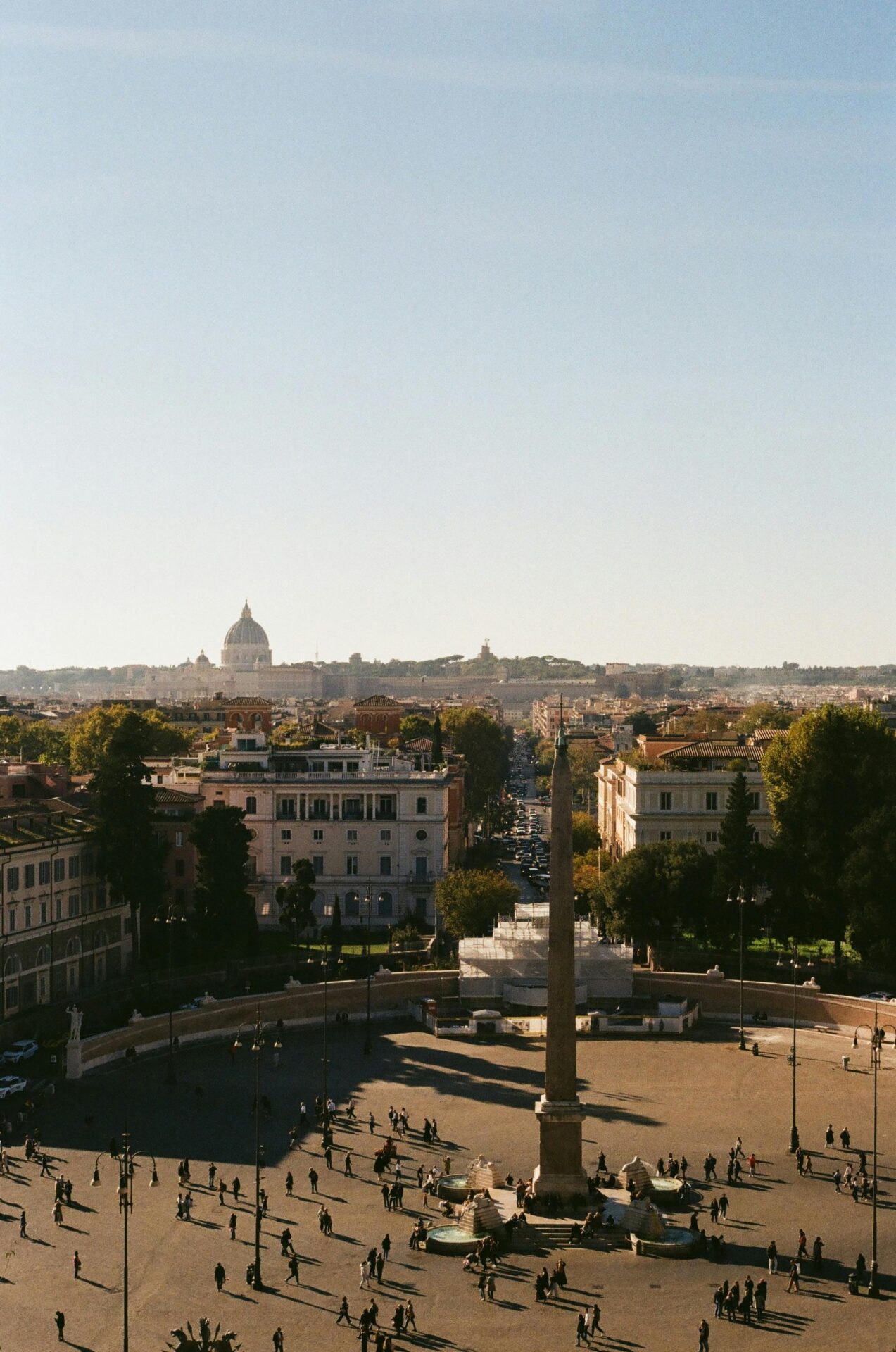
Outdoor Adventures: From Serene Lakes to Mountain Peaks
Umbria offers incredible outdoor experiences that showcase its stunning natural beauty. The region’s diverse landscape provides perfect settings for both relaxing lakeside getaways and challenging mountain hikes.
Lake Trasimeno and Castiglione del Lago: Waterside Escapes
I found Lake Trasimeno to be one of Umbria’s most peaceful retreats. As Italy’s fourth-largest lake, it offers countless activities for nature lovers. You can rent kayaks or paddleboards to explore the calm waters, or cycle along the scenic 60km path that circles the entire lake.
Castiglione del Lago sits on a limestone promontory overlooking the water. This charming town combines natural beauty with history – its medieval fortress provides stunning panoramic views across the lake.
The three islands of Trasimeno are worth visiting by ferry. Isola Maggiore has a traditional fishing village and was my favorite spot for a quiet afternoon walk followed by fresh lake fish at a waterfront restaurant.

Hiking Trails of the Sibillini Mountains and Beyond
The Monti Sibillini National Park offers some of the most breathtaking hiking experiences I’ve found in Italy. These mountains form the eastern boundary of Umbria and provide trails for all skill levels.
For beginners, I recommend the gentle path around Castelluccio Valley. The valley is famous for its stunning wildflower blooms in spring. More experienced hikers should tackle Monte Vettore, the highest peak at 2,476 meters.
The views from these trails are simply incredible. You’ll see rolling green hills, medieval villages perched on cliffs, and distant mountain peaks. These create perfect photo opportunities. Many trails connect to ancient pilgrimage routes, adding historical significance to your hike.
During my trek through the Sibillini, I encountered diverse wildlife including golden eagles and wild horses. Trail markers are generally good, but I always carry a detailed map for these adventures.

